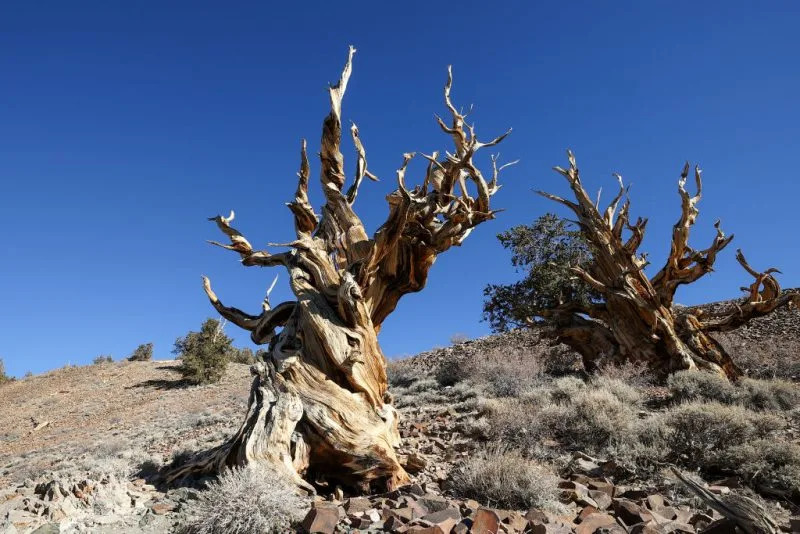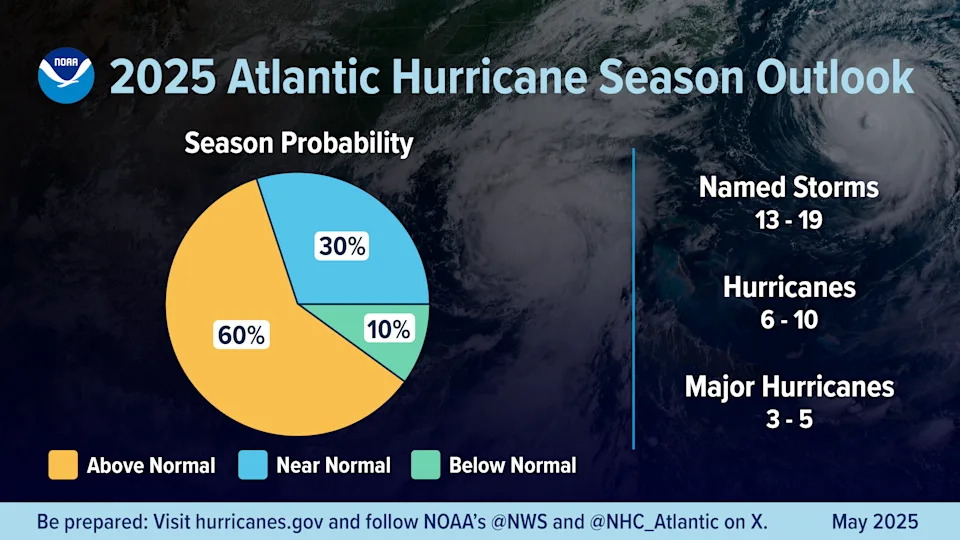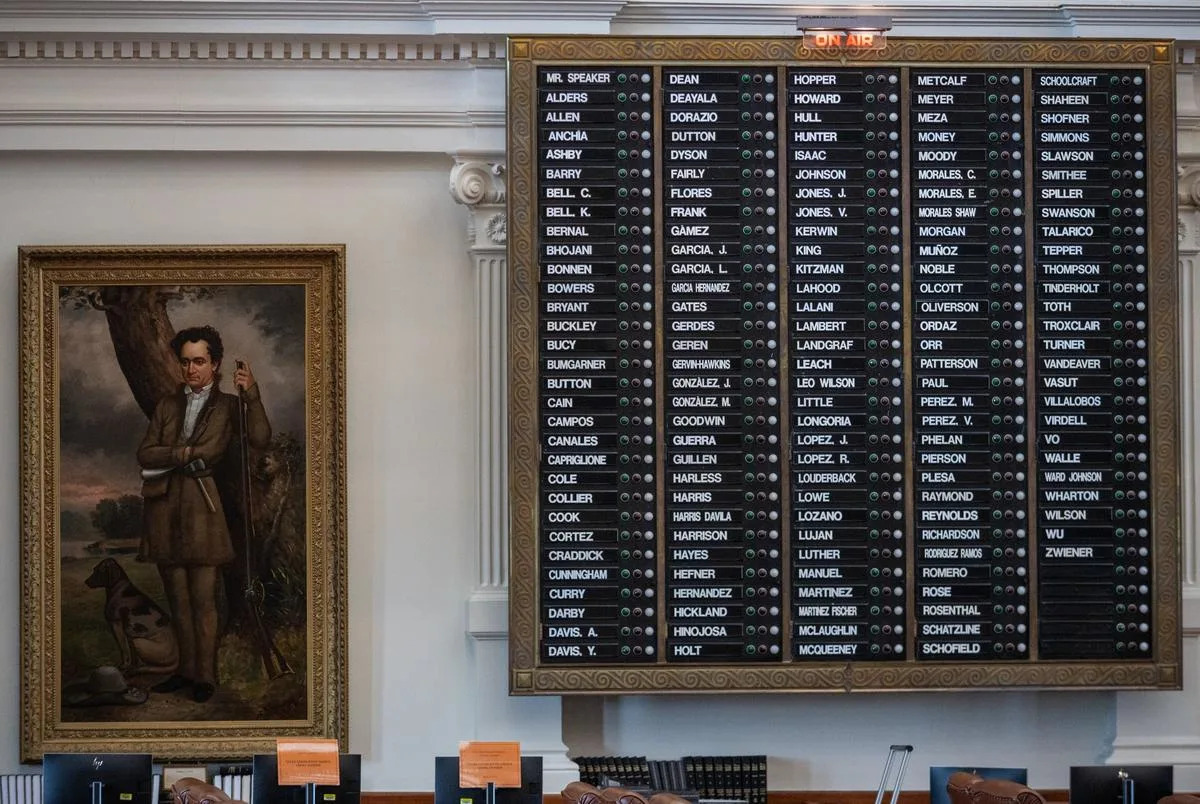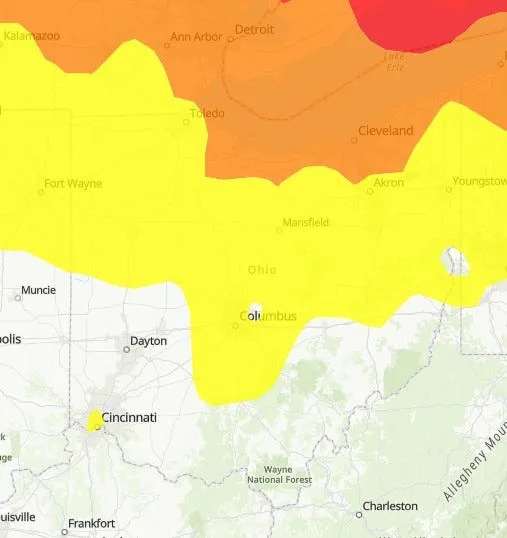
BIG PINE, Calif. (KSWB/KUSI) — Hidden high in the White Mountains of eastern California, a gnarled, weathered tree quietly holds a staggering secret — it’s nearly 5,000 years old. Known as the Methuselah Tree, this Great Basin bristlecone pine (Pinus longaeva) is one of the oldest known living trees on Earth, having sprouted around 2830 BCE — over a century before the Egyptian pyramids rose from the sands.
Nestled within the Inyo National Forest’s Ancient Bristlecone Pine Forest, the Methuselah Tree has long fascinated scientists, historians, and nature lovers alike. Its twisted trunk and timeworn branches are shaped by millennia of harsh winds, snow and sun, standing as a living witness to human history.
Methuselah was once considered the oldest living non-clonal tree in the world — meaning it has survived as the same individual organism for nearly 5 millennia. Although other slightly older bristlecones have since been discovered, Methuselah remains one of the most iconic ancient trees on the planet.
A tree older than civilization
A tree’s age is usually determined by counting its growth rings. Each year, a tree adds a new ring to its trunk, so the number of rings shows how old it is. Scientists don’t have to cut the tree down to count the rings. Instead, they use a special tool to take a thin core sample from the trunk.
It was a popular national monument, until it was robbed to extinction
To put the Methuselah Tree’s age in perspective: It began growing centuries before the Great Pyramid of Giza was built, and it was already over 3,000 years old when Julius Caesar ruled Rome.

Despite its fame, the exact location of the Methuselah Tree is kept secret by the U.S. Forest Service to protect it from vandalism and foot traffic. Visitors to the Methuselah Grove can hike the area’s scenic trails, which feature other bristlecone pines estimated to be thousands of years old.
Why bristlecones live so long
The Great Basin bristlecone pine thrives in extreme conditions where few other trees can survive — high altitudes, rocky soil, and low moisture. This tough environment actually contributes to the species’ longevity. As explained by officials with the U.S. Department of Agriculture, slow growth, dense wood, and natural resilience make bristlecones incredibly durable over time.
Hike to the world’s largest wooden trestle bridge — it’s in Southern California
Scientists continue to study the Methuselah Tree and its ancient relatives to gain insight into climate patterns, forest ecosystems, and tree aging.
Trekking the Methuselah Trail
For those seeking a walk through living history, the Methuselah Trail offers a rare, humbling encounter with the endurance of nature. Visitors can explore the area by hiking a 4.5-mile loop, considered moderate by popular hiking app AllTrails, that winds through the grove where many of these old trees grow.
The trail and forest are open seasonally, typically from late spring through fall, depending on weather conditions. Be prepared for the high elevation — the trail sits at over 9,000 feet above sea level. It’s recommended to bring plenty of water, wear sunscreen, and be aware of potential altitude effects.
This national park is 95 percent underwater: Here’s what it’s hiding
According to the U.S. Forest Service, the Methuselah Tree can technically be seen along this trail, but there is no sign that points it out.
As the world changes around us, the Methuselah Tree stands quietly on its windswept ridge, reminding us of nature’s resilience — and the importance of preserving it for generations to come.
Copyright 2025 Nexstar Media, Inc. All rights reserved. This material may not be published, broadcast, rewritten, or redistributed.
For the latest news, weather, sports, and streaming video, head to The Hill.








Comments